Pictures of Cellulitis: Causes and Treatment
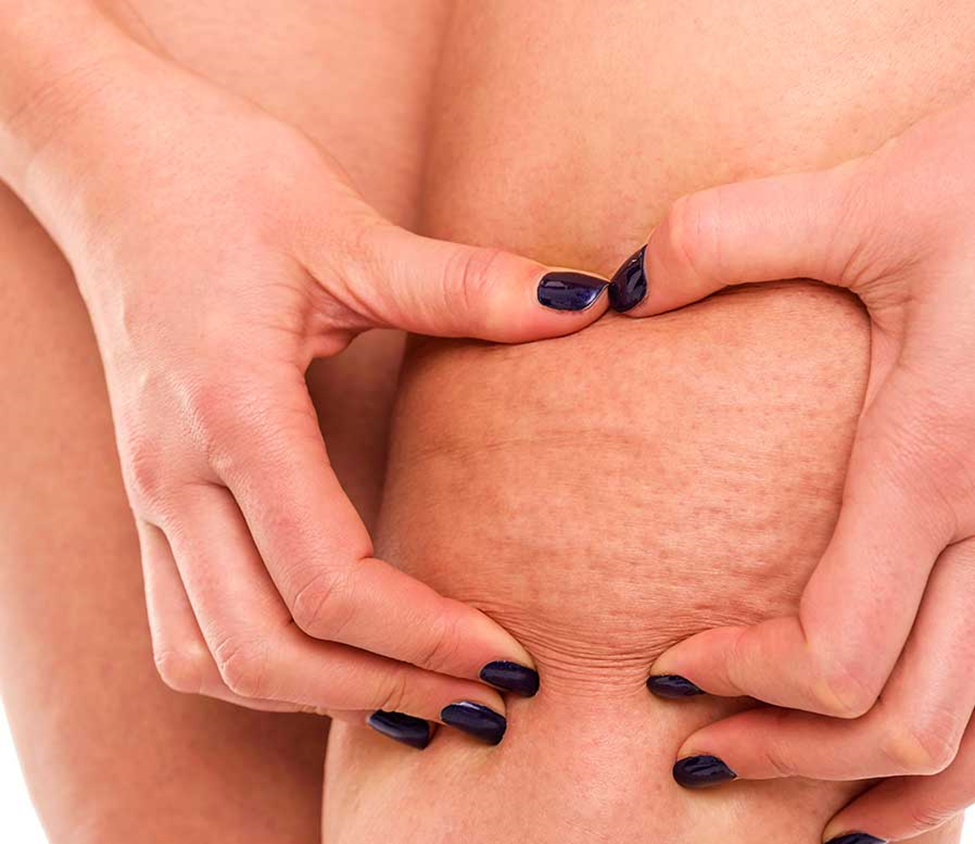
Related products
Cellulitis is a common bacterial illness that affects the skin and the underlying soft tissues. Failure to obtain therapy exacerbates the condition. Cellulitis manifests as skin inflammation, redness, pain, or warmth. It occurs as a consequence of skin injuries, such as cuts or fractures. Cellulitis can affect several parts of the body, but it most often affects the lower legs. Untreated, the infection has the potential to escalate into a life-threatening condition and disseminate throughout the bloodstream.
What causes cellulitis?
Cellulitis occurs when microorganisms infiltrate a break in the skin and invade the body. It often manifests on damaged skin, such as areas with inadequate blood flow, contaminated wounds, and inflamed sores.
Cellulitis is caused mainly by Staphylococcus aureus and Group A streptococcus, the most common types of bacteria responsible for this condition. These germs reside under fingernails and on the skin.
The principal pathogens responsible for cellulitis are Streptococcus and Staphylococcus, the same bacteria that cause impetigo and other infections. Cellulitis is caused by methicillin-resistant Staphylococcus aureus, often known as MRSA.
Cellulitis is a common illness that affects people of all ages and ethnic backgrounds. It seems that both males and females are equally affected. Cellulitis can affect individuals of any age, but it is most often seen in middle-aged and elderly people. It is not capable of spreading.
Less frequently seen causes of cellulitis include:
- Pseudomonas aeruginosa is often seen in puncture wounds on the hands or feet.
- Haemophilus influenzae is the bacteria commonly associated with facial cellulitis in children. Anaerobes, Eikenella, and Streptococcus viridans are widely found in human bites. Pasteurella multocida is the bacteria commonly found in cat or dog bites. Vibrio vulnificus is the bacteria commonly associated with exposure to saltwater, such as coral damage. Aeromonas hydrophila is the bacteria commonly associated with exposure to freshwater or saltwater, such as after leech bites. Erysipelothrix (erysipeloid) is the bacteria commonly associated with butchers.
Bacteria can enter a cut or tear in the skin through several means, such as accidents, surgical procedures, skin conditions, such as psoriasis, athlete's foot, or eczema, foreign objects in the skin, or open sores under the surface.
What are the clinical features of cellulitis?
Cellulitis often manifests in the limbs. However, it may develop in any part of the body.
- It often affects just one side; another sickness more commonly causes a condition affecting both sides.
- It occurs spontaneously or exacerbates an existing wound or underlying skin condition.
Common signs of the illness include elevated body temperature, shivering, and tremors (rigours). This is caused by bacteraemia, which refers to bacteria in the bloodstream. Shortly after the start of systemic symptoms, a small area of tender, inflamed, and reddened skin emerges. Other supplementary indications include:
- Dimples, warmth, blisters, erosion, ulcers, and the formation of abscesses characterise the skin of a peau d'orange.
- Purpura: the presence of haemorrhagic bullae, ecchymoses, or petechiae

Lymphangitis and lymphadenitis are attributed to bacteria in lymph veins and local lymph glands, and both conditions are often associated with cellulitis. A crimson line stretches from the site of infection to nearby swollen lymph nodes that are sensitive to touch. As the skin heals, it is possible for skin that has shown a positive response to treatment to undergo exfoliation or desquamation. One may feel a slight itching sensation.
What are the types of cellulitis?
Several names refer to Cellulitis and exhibits various symptoms depending on its location in the body.
· Buccal cellulitis
One has developed buccal cellulitis on the cheek. Infants are the most frequent sufferers of this phenomenon, which sometimes occurs with a dental problem.
· Perianal streptococcal cellulitis
Perianal streptococcal cellulitis often affects the anal and rectal areas of the body. This kind mainly impacts children.
· Preseptal cellulitis
Preseptal cellulitis is more prevalent in children aged five and below and affects the eyelid and the area in front of the eye. It causes irritation, redness, heat, and swelling in the area around the eyes, particularly the upper and lower eyelids.
· Orbital cellulitis
Orbital cellulitis occurring posterior to the eye might make the eye seem unaffected despite sick tissues in that area. There is enlargement, discolouration, or change in the texture of both the upper and lower eyelids, as well as inflammation or swelling of the eyeball. One has impaired mobility or visual perception. This condition is less common and often more detrimental than preseptal cellulitis.
· Breast cellulitis
Breast cellulitis is the medical term for a breast infection. It occurs when bacteria build up in sweat under the breasts. The breast tissue undergoes inflammation, increasing in size, redness, and temperature. Some people develop fever and chills as additional symptoms resembling the flu.
Does poor hygiene cause cellulitis?
Skin breaks are the primary cause of cellulitis. However, unclean surroundings are susceptible to it. Before making contact with the skin:
- Cleanse hands using soap and water to minimise risk.
- Engage in regular showering and regularly change into fresh garments.
- Thoroughly cleanse any wounds to prevent the entry of bacteria.
Is cellulitis contagious?
Cellulitis is not contagious. Typically, it does not transmit across individuals. The transmission of the infection is limited to direct contact between open wounds of different individuals.
Who's At Risk?
Cellulitis occurs in individuals of any age, gender, or race. The following characteristics enhance the likelihood of acquiring cellulitis:
- Diabetes
- Oedema
- Cutaneous injuries.
- Persistent swelling of the lower legs.
- Tetanus (known as Athlete's foot).
- Indications of teeth impressions caused by animals, insects, or individuals.
- An issue related to excessive body weight.
- Periprosthetic vascular disease refers to the condition of having inadequate blood flow in the legs.
- The immune system is compromised due to medication or an underlying medical condition.
- Intravenous drug abuse.
How is cellulitis diagnosed?
The doctor likely diagnoses cellulitis based only on the appearance of the skin. Physical examination revealed:
- Skin with excessive growth or thickening
- The afflicted area exhibits warmth and redness.
- Swollen lymph nodes
Physicians recommend monitoring the affected area for a few days to assess the extent of swelling and discolouration based on the severity of symptoms. To detect the presence of microorganisms, physicians sometimes extract a blood sample or get a specimen from the wound.
Cellulitis Treatment & Management
· Approach Considerations
The antibiotic regimens elicit a positive response in more than 90% of patients. Irrespective of the microbiology of the infection, drainage is essential to remove all abscesses save for the very small ones. Drainage alone, without significant involvement of nearby tissue, is sometimes enough to treat an abscess that is relatively isolated and does not need antibiotics.
The increasing prevalence of methicillin-resistant Staphylococcus aureus (MRSA) and Streptococcus pyogenes strains resistant to macrolide or erythromycin antibiotics might make treating cellulitis more challenging. Non-severe cases of cellulitis are treated with macrolides, clindamycin, semisynthetic penicillin, or first—or second-generation oral cephalosporins.
Regrettably, half of the MRSA strains in patients with cellulitis and abscess formation demonstrate inherent or inducible resistance to clindamycin. All S. pyogenes strains that are resistant to macrolides remain susceptible to penicillin, while 99.5% are susceptible to clindamycin. Tetracycline with trimethoprim-sulfamethoxazole effectively treats most community-acquired MRSA infections (CA-MRSA).
In 2011, the IDSA issued new recommendations for managing MRSA in adults and children. Additionally, in 2012, they provided updated guidelines for diagnosing and treating diabetic foot infections.
If the patient fails to show improvement with conventional treatment or if an atypical pathogen is detected, it is advisable to seek guidance from an infectious disease specialist. Consulting a critical care specialist is recommended if the patient is experiencing systemic illness and requires admission to a critical care unit. Lastly, if the patient is diagnosed with orbital cellulitis, it is advisable to consult an ophthalmologist.
· Cellulitis without draining or abscess
Streptococci are still the primary cause of cellulitis in cases without draining wounds or abscesses, and beta-lactam antibiotics are an appropriate therapy option.
- Cephalexin, amoxicillin, and dicloxacillin are suitable medications for treating mild cases of cellulitis in outpatient settings.
- Clindamycin or a macrolide (such as clarithromycin or azithromycin) is an alternative medication for people allergic to penicillin.
- Levofloxacin is a possible choice; however, it is important to note that fluoroquinolones have shown increased toxicity and a higher prevalence of resistant bacteria. Therefore, it is advisable to reserve the use of fluoroquinolones for situations when there are few alternative treatments available, particularly for gram-negative bacteria that have been shown to be susceptible by laboratory testing.
Certain medical practitioners prefer initiating treatment with a parenteral antibiotic with a long half-life, such as ceftriaxone, followed by an oral medication.
· Recurrent cellulitis
Cellulitis, resulting from Streptococcus species, primarily occurs in people with recurring sickness, often linked to obstruction of veins or lymphatic vessels. Possible treatments for this kind of cellulitis include:
- Penicillin G.
- Amoxicillin (250 mg twice a day).
- Erythromycin (250 mg once or twice a day).
If tinea pedis is suspected as the underlying cause, antifungal medications applied topically or taken orally must utilised for treatment.
In a randomised, controlled research, a 12-month regimen of low-dose penicillin effectively prevented the recurrence of cellulitis in 274 patients who had experienced two or more episodes of leg cellulitis. Patients receiving a dosage of 250 mg of penicillin twice daily had a median duration of 626 days before experiencing their first recurrence of cellulitis. In contrast, the placebo group had a median time of 532 days. Unlike 37% of the people in the placebo group (51 out of 138), only 22% of the participants in the penicillin group (30 out of 136) had a recurrence during the prophylactic period. However, after the cessation of pharmaceutical therapy, the protective effect progressively diminished.
· Severe cellulitis
Patients with severe cellulitis need parenteral therapy, such as the following:
- Cefazolin, cefuroxime, ceftriaxone, nafcillin, or oxacillin are potential drugs for treating cellulitis, which is often associated with a staphylococcus or streptococci infection.
- Clindamycin and vancomycin are two antibacterial options for those with a penicillin allergy.
- A mixture of several types of bacteria, including gram-positive, gram-negative, and anaerobic species, often causes diabetic ulcer infections. Therefore, it is essential to provide broad-spectrum antibiotic treatment that targets all these types of bacteria when treating these infections.
- Administer MRSA coverage to critically ill patients with cellulitis until culture and sensitivity results are obtained, mainly if the infection is linked to a furuncle, abscess, or postoperative infection.
· Outpatient Care
Patients diagnosed with cellulitis get outpatient therapy if they only have mild localised symptoms and show no indications of systemic disease. Antibiotic treatment is required with extraction or root canal treatments for face cellulitis caused by dental issues. Elevating limbs afflicted by cellulitis leads to a more rapid decrease in oedema. Excellent, sterile saline dressings are used to clean any open pus lesion.
The optimal period of therapy for cellulitis is a matter of debate; various therapies achieve comparable success rates with shorter timeframes. Consider the following in a generic sense:
- A temporary increase in erythema on the first day of treatment is expected. This is an inflammatory reaction caused by the breakdown of cells triggered by antibiotics.
- To ensure the patient's progress, it is advisable to conduct a follow-up evaluation at frequent intervals, preferably within 48 to 72 hours.
- In individuals whose inflammation persists, it is necessary to provide antibiotics during therapy. If the sickness persists after outpatient treatment, it is advisable to investigate the possibility of antibiotic resistance or a more severe infection. Additionally, other diagnoses must be considered.
- The occurrence of systemic symptoms must prompt a re-evaluation and recommendation for hospitalisation.
What are the complications of cellulitis?
Complications of cellulitis pose significant risks. These conditions result in substantial damage to the body's tissues and the death of cells (gangrene). Furthermore, the infection can disseminate to the heart, bloodstream, skeletal structure, lymphatic network, or cerebral system. Possible consequences of these infections include amputation, shock, or fatality.
People Also Ask
Can cellulitis be prevented?To prevent cellulitis:
- Adhere to good hygiene practices.
- Regularly practise hand hygiene.
- Apply moisturiser to thirsty, dehydrated skin that has developed cracks.
- When there is a risk of cuts and scratches, it is advisable to use gloves.
- Wear protective footwear.
For skin injuries, provide a non-prescription antibiotic ointment and thoroughly cleanse the impacted region. Be vigilant for signs of infection. If one has diabetes, carefully inspect feet for any signs of infection or skin lesions. In addition, it is advisable to refrain from removing calluses or warts, as well as cutting toenails too short.
What are some home remedies to treat cellulitis?If one has any suspicions about cellulitis, it is imperative to get medical attention from a physician as a first step. If not treated, it has the potential to spread and become a life-threatening disease. However, one can take action at home to alleviate pain and other symptoms. Commence by cleansing the dermis in the area affected by cellulitis. Consult the physician to determine the optimal method for cleansing and dressing the wound. For example, raise the affected leg above the level of the heart. This will reduce pain and decrease swelling.
When must I call my healthcare provider for cases of cellulitis?If a wound exhibits symptoms such as swelling, redness, warmth, or discomfort, or if the redness or warmth extends beyond the site, it is imperative to seek medical attention from a healthcare professional promptly.
Conclusion
Cellulitis manifests as skin inflammation, redness, pain, or warmth. It occurs because of skin injuries, such as cuts or fractures. Cellulitis can affect several parts of the body, but it most often affects the lower legs. It often manifests on damaged skin, such as areas with inadequate blood flow, contaminated wounds, and inflamed sores. Cellulitis is caused mainly by Staphylococcus aureus and Group A streptococcus, the most common types of bacteria responsible for this condition. These germs reside under fingernails and on the skin. Cellulitis can affect individuals of any age, but it is most often seen in middle-aged and elderly people. It occurs spontaneously or exacerbates an existing wound or underlying skin condition and is not capable of spreading (non-contagious). Physicians recommend monitoring the affected area for a few days to assess the extent of swelling and colour changes based on the severity of symptoms. To detect the presence of microorganisms, physicians sometimes extract a blood sample or get a specimen from the wound. To treat cellulitis, the antibiotic regimens elicit a positive response in more than 90% of patients. Patients with severe cellulitis need parenteral therapy with potent antibiotics such as cefazolin, clindamycin, vancomycin and ceftriaxone and the list go on since the chance of harmful bacterial invasion and infection is significantly increased.




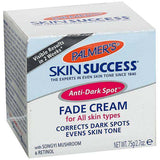
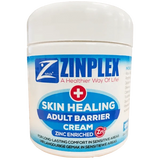


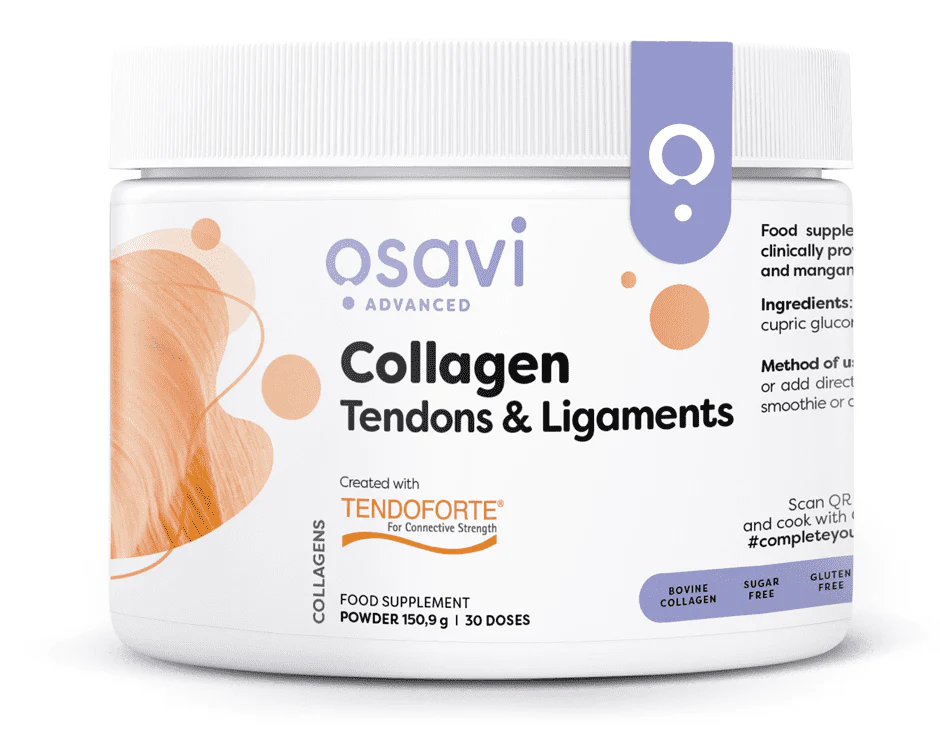

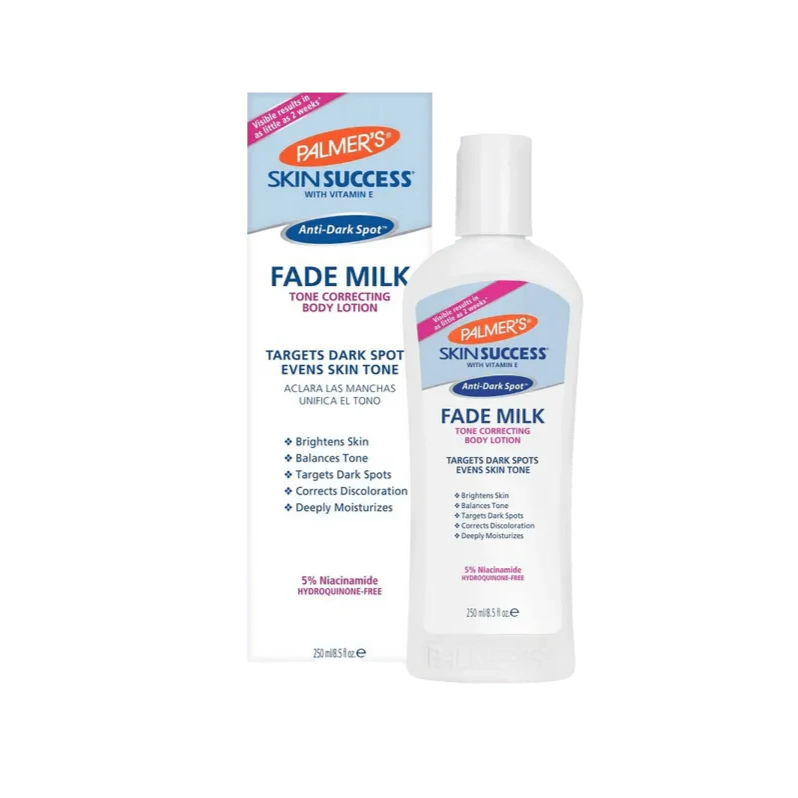


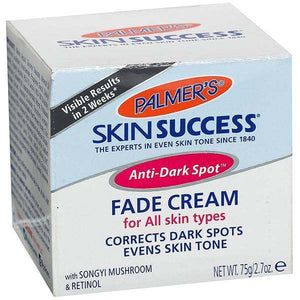
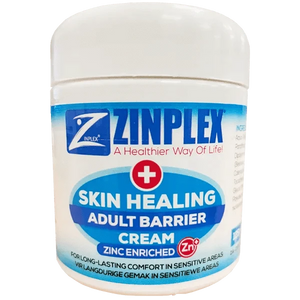
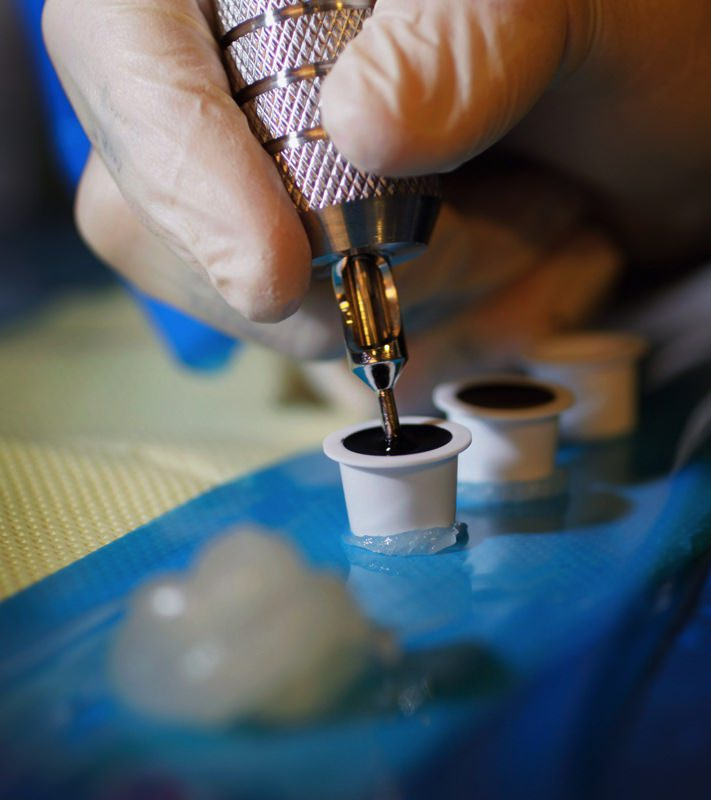
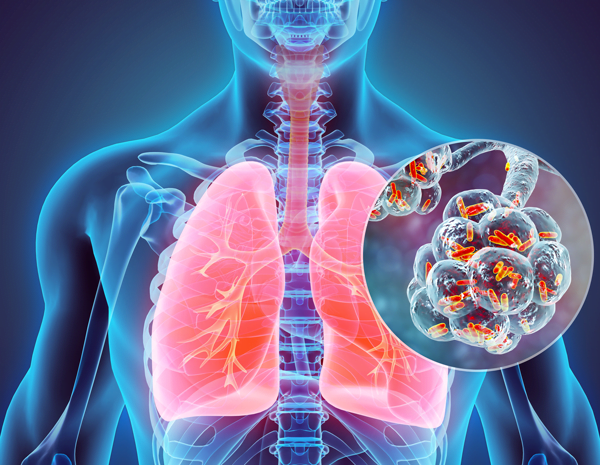


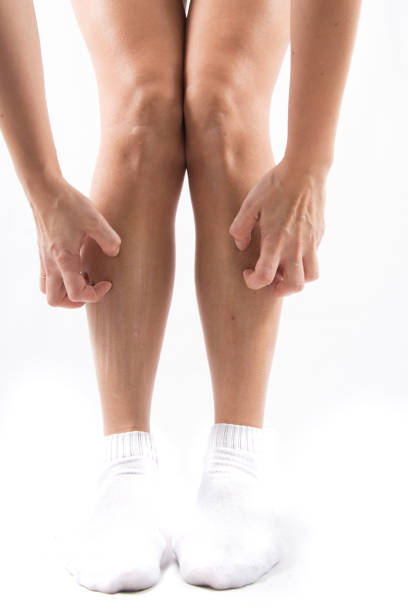

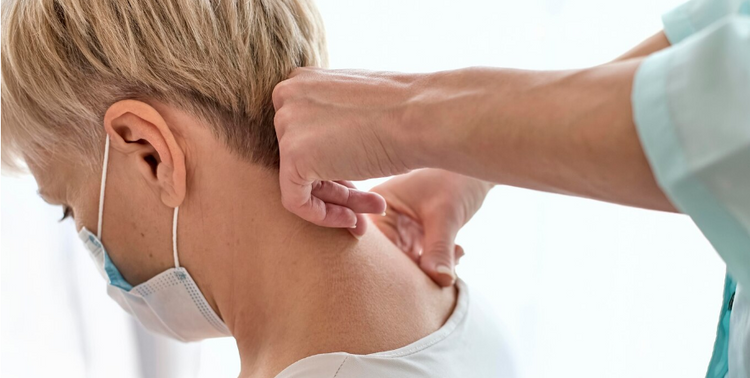
 Rated Excellent by 26,523+ Reviews
Rated Excellent by 26,523+ Reviews